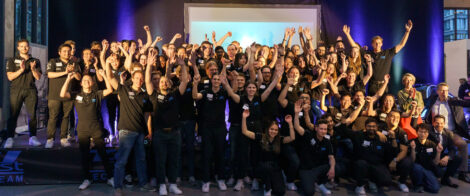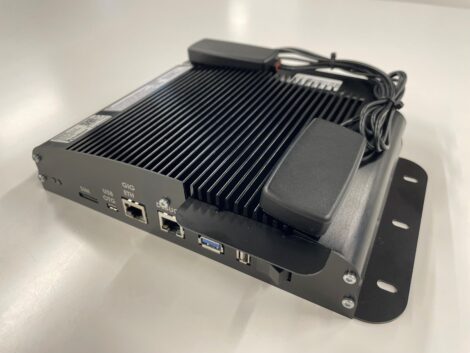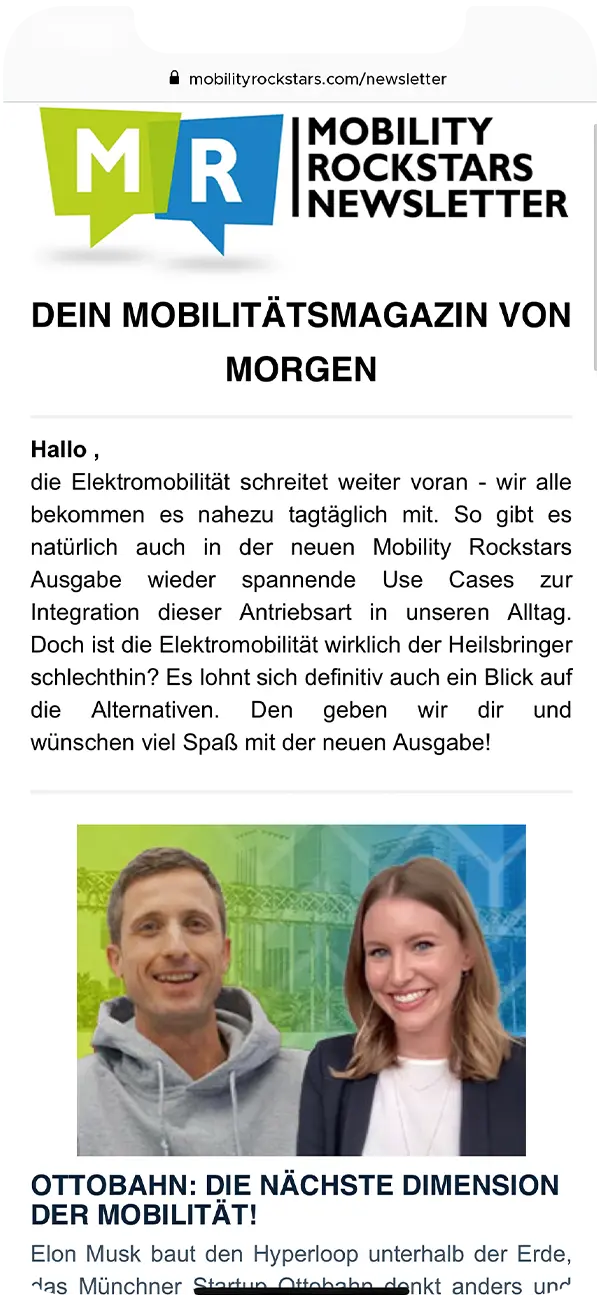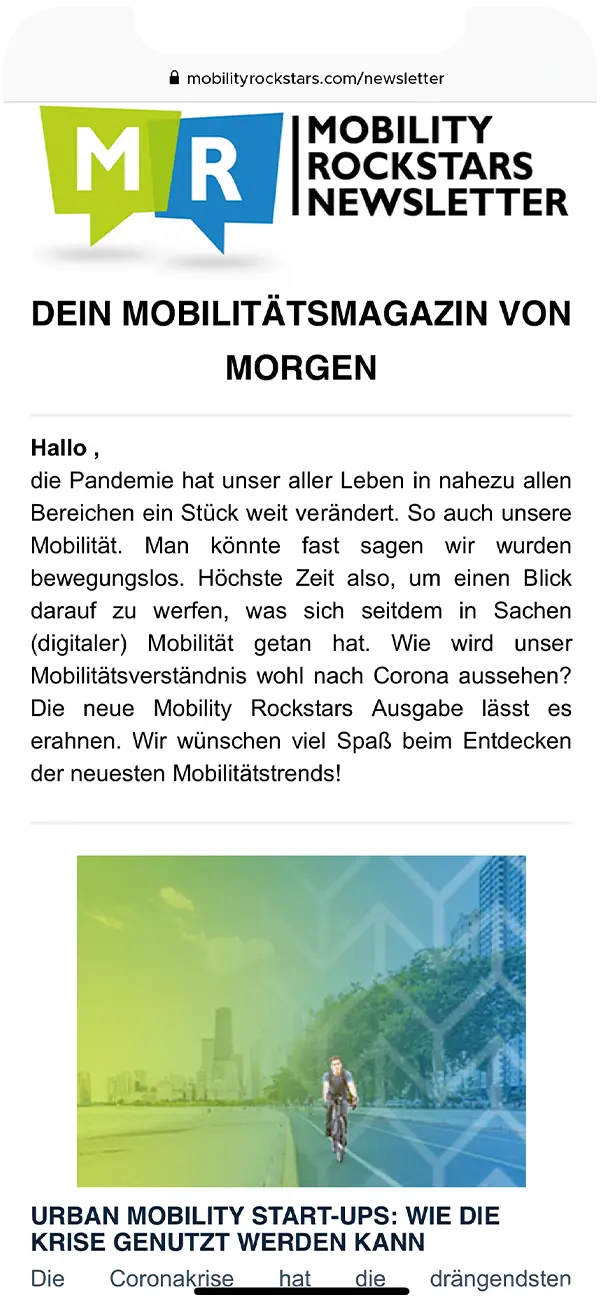Outsourcing in Transition: But what works best — Onshoring, Nearshoring, Offshoring, or Friendshoring?
The German automotive industry is facing a real stress test. Markets are changing fast. Cost pressure is still a major topic, but the sheer price argument is no longer enough. This is becoming quite clear when looking to Asia, where manufacturers are forcing their way onto the market with aggressive prices while offering high-quality technology. For example, electric vehicles with state-of-the-art digital features are already available for less than €12,000 in China. At the same time, global supply chains, once key factor for efficiency and scale, are under increasing pressure due to trade tariffs, geopolitical tensions and stricter ESG requirements. Vehicle components often cross multiple borders before ending up in the vehicle - a system that is vulnerable.
For OEMs, it is clear that the sourcing strategy is now a central lever to ensure resilience, flexibility, and competitiveness. But what is the right mix? Offshoring, nearshoring, onshoring - or friendshoring? Below you will discover what a resilient sourcing strategy looks like and which factors matter most for OEMs.

Stefanie Dern
Marketing Professional
8.07.25
Ca. 6 min
Nearshoring: Shorter Distances, Lower Risks
The chip crisis has dramatically demonstrated how fragile global supply chains are when key components are sourced mainly from East Asia. Nearshoring – the relocation of production and supplier locations to geographically closer regions – reduces risks and cuts transport distances. For OEMs, this means more planning security, faster response times, and lower CO₂ emissions.
Romania and Bulgaria are good examples: As EU members, both countries offer stable conditions, solid infrastructure, and attractive costs.
Friendshoring goes beyond geography and cost. It focuses on shared political and social values and stable institutions. Companies build supply chains in countries with democratic governance and similar regulations. For OEMs, this brings more security and long-term reliability in growing markets like India or Mexico.
Offshoring: More Than Just Cost Savings
For a long time, offshoring was considered to be a pure low-cost model: relocating production and services to cheaper locations. Today, it’s much more. Development centers in countries like India provide access to top talents, faster innovation processes, and 24/7 development thanks to time zone advantages. Especially in software, AI, and data analytics, OEMs secure tech leadership this way. Offshoring is now part of a global innovation and growth strategy – speeding up innovation and creating scale effects that local markets can’t match. Together with Cognizant, we bring over 250,000 IT and E/E experts across India’s main tech hubs, one of the largest offshoring capabilities worldwide.
The Key: A Flexible Shoring Mix
Our experience shows that it is not about replacing on- or nearshoring through offshoring. Instead, the solution lies in a flexible, strategic mix – aligned to the product, market and geopolitical situation. For example, when test vehicles need quick software updates, our nearshore team in Romania handles fast changes while developers in India work in parallel on complex features. Together with our local teams in Germany, this creates a high-response setup that combines speed, quality and scalability – a real competitive advantage for OEMs.
Successful OEMs combine:
- Offshoring for scale, expertise, and innovation
- Nearshoring for agility, shorter distances, and regulatory security
- Onshoring for critical products as well as brand presence and identity
- Friendshoring for political stability and value-based partnerships
Transformation Needs More Than Technology
Strategy and technology alone are not enough. New OEMs and tech start-ups change the game—they are often more agile and faster because they have the willingness for change and clear responsibilities. In contrast, established companies often struggle with silo thinking, slow decisions, and resistance to change. Instead of empty buzzwords like “digital gamechanger,” what’s needed are clear responsibilities, real digital tools that make work easier, and focused training.
Successful outsourcing is based on a personal presence on-site, strong local bridgeheads and a real understanding of cultural differences – things that digital tools can‘t replace. Different work styles, time zones, and language barriers require trust and good teamwork. In an interview, our CEO Jörg Ohlen explains why the personal exchange between offshore and local teams is crucial and how this factor has caused many previous offshoring projects to fail. Read more here.
Conclusion: The Right Mix Matters
The future is not about either/or, but about the right mix. This helps manufacturers to react flexible to market changes, drive innovation and speed up time-to-market. Nearshoring reduces transportation and emissions, friendshoring strengthens reliable partnerships in stable countries, and offshoring is still essential for innovation and scale. Together, this creates resilient, flexible supply chains for the high-tech vehicles of tomorrow.







